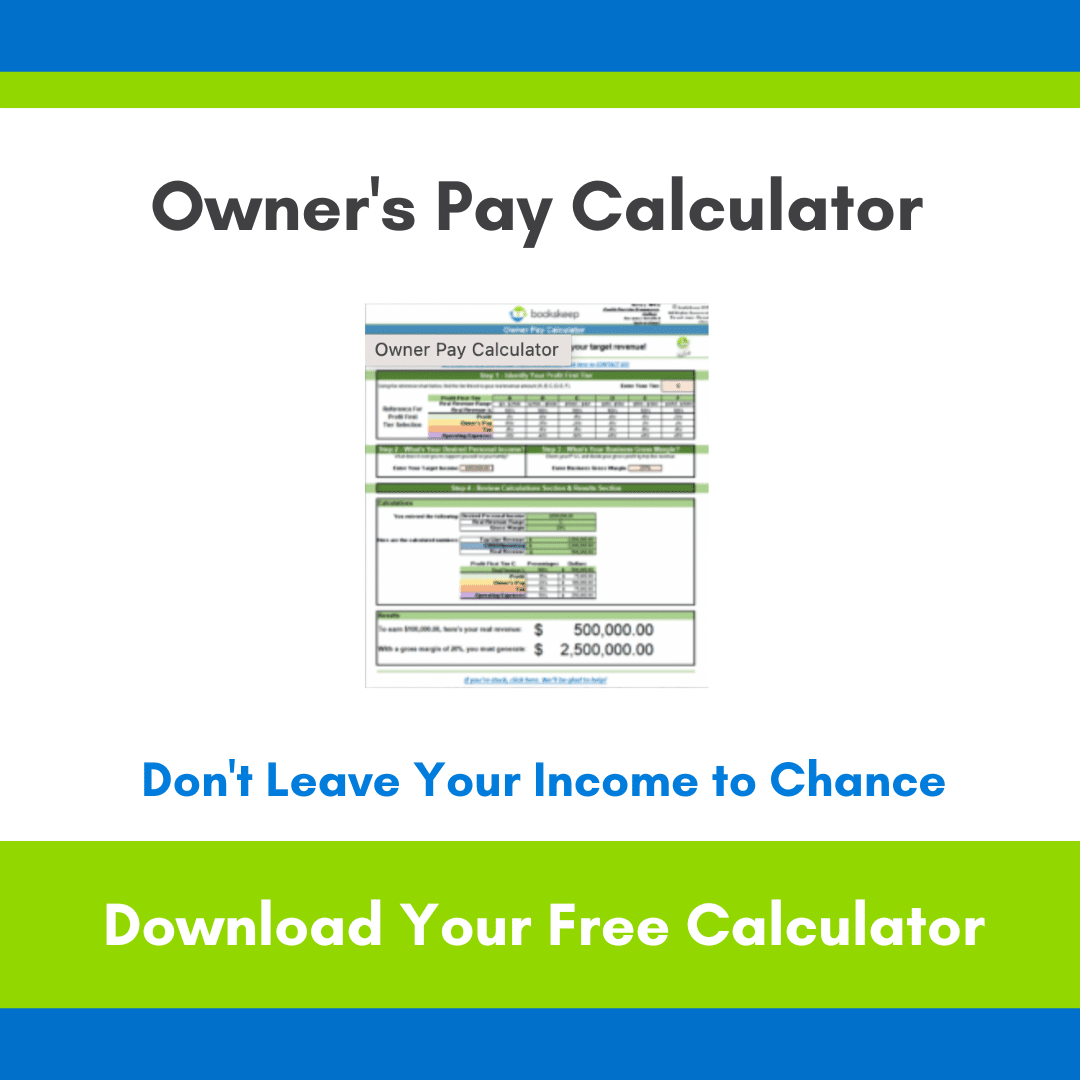As I work with Amazon and ecommerce sellers, I observe common threads among these hardworking entrepreneurs. One significant aspect is the debt they incur, particularly related to inventory and operating expenses. Many rely heavily on credit cards and loans to make ends meet. Additionally, they often postpone paying themselves until after taxes to see if it’s even possible. If this sounds familiar, let’s make a change today!
Inventory is vital for ecommerce businesses, and without it, there is no business. However, stocking inventory poses challenges. Sellers often wonder if they have enough inventory for upcoming sales and where the money will come from to restock and cover personal expenses until the next Amazon settlement.
Ecommerce retail is complex due to the need for inventory and cash flow. Profit First, a cash management methodology designed for success, works exceptionally well for ecommerce sellers. Embracing this approach helps manage inventory, operating expenses, and achieve profit and growth goals.
Created by Mike Michalowicz, Profit First ensures profitability from the beginning. It follows Parkinson’s Law, which states that resource consumption rises with availability. Unlike the traditional equation “Sales – Expenses = Profit,” Profit First adopts “Sales – Profit = Expenses,” prioritizing profit from the start. By taking profit first, operating expenses decrease, leading to more efficient spending.
In summary, ecommerce sellers face unique financial challenges, but Profit First provides a framework for success by prioritizing profit and efficient cash management. Embrace this approach to achieve your business goals and build financial stability.
The Profit First method basically consists of four primary steps, although it can be and often is expanded upon as it is implemented. Step 1 involves creating multiple bank accounts. I suggest starting with one checking account for inventory and another one for operating expenses. You should also add savings accounts for Profit, Owner Pay and Taxes. Step 2 includes moving funds from your operating expense account to the other accounts, following a prescribed sequence. It may feel cumbersome at first, but after a few cycles it will become your habit. The temptation to spend when the profit account balance increases is a bit irresistible for some. If this is you, then Step 3 is critical! I recommend moving that account to a bank that is less accessible, such as an investment account at another financial institution. And finally, Step 4 involves developing a rhythm in how you manage your funds. Over time you will spend less and less time working in your business, leaving you with more time and money to work ON your business.
This is a very basic overview of Profit First, but I thought it important to go over it again for the newbies out there. Follow this process for a few months to get a good base of data and then you can begin streamlining the process to gain better control of your inventory, operating expenses and most importantly…your profit.
To learn more, I invite you to check out my new book, on Amazon here Profit First for Ecommerce Sellers and at bookstores everywhere.




Leave a Comment